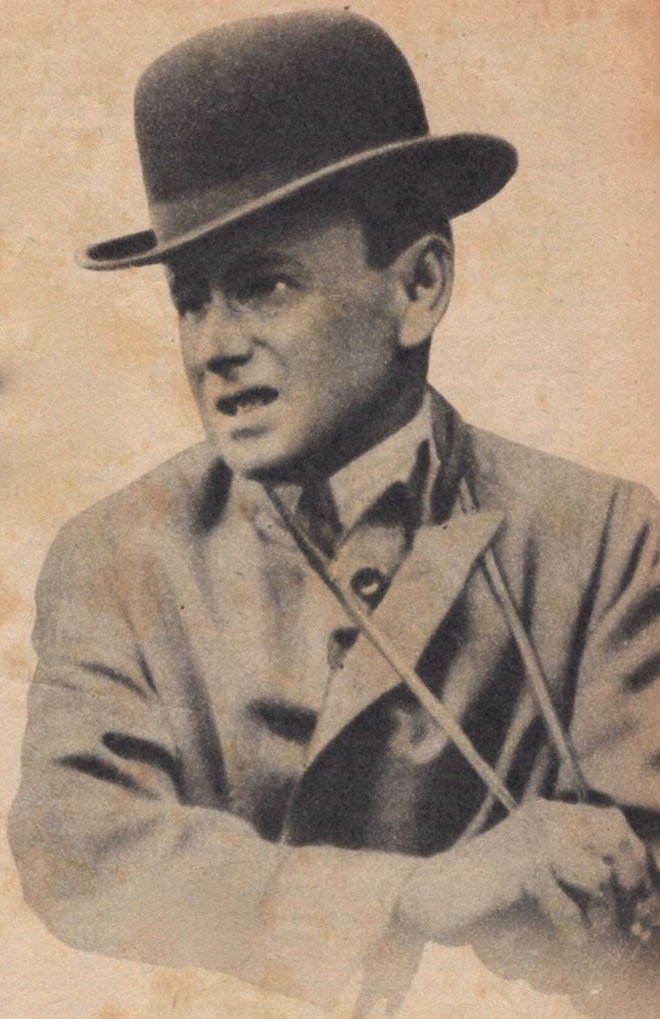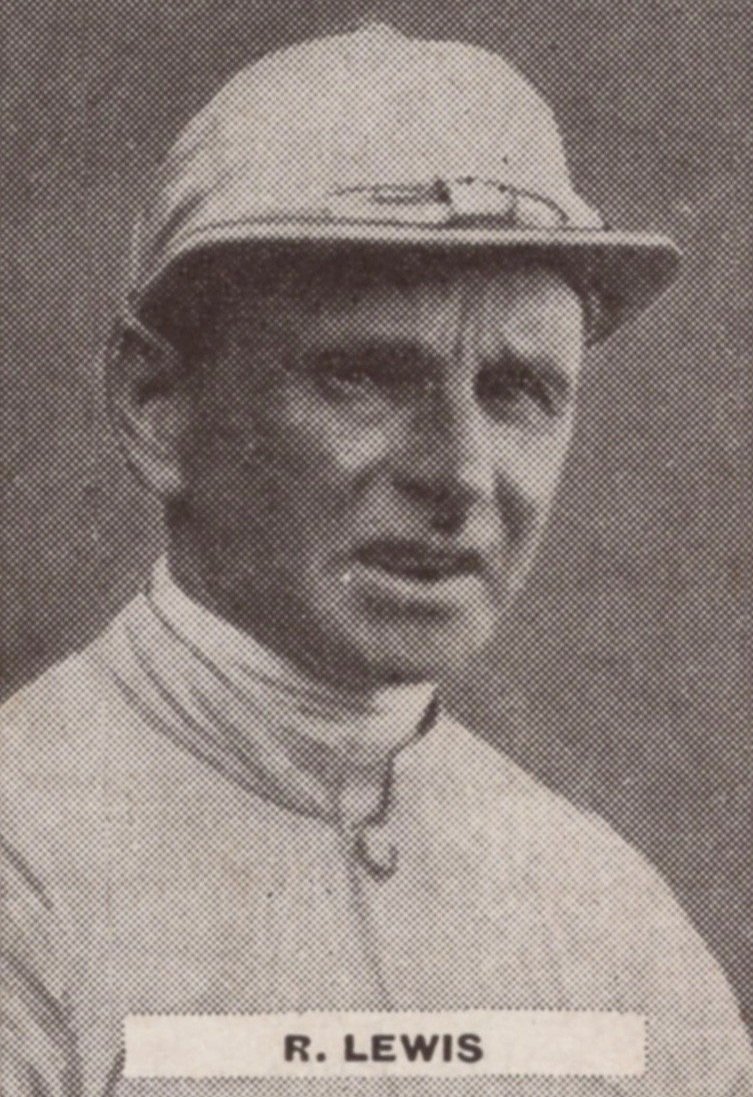BOBBY LEWIS - THE LEGEND LIVES ON
George Moore told me in 2002 that his failure to win a Melbourne Cup in nineteen rides was of little concern to him. His wife Iris told me differently. Of course the great jockey would have been frustrated that his amazing CV was bereft of at least one Cup prize. Modern day champion James McDonald failed to veil his sheer delight when he snared the coveted prize on Verry Elleegant recently.
Glen Boss, Damian Oliver and Kerrin McEvoy are understandably humbled by their triple successes in the great race, as were deceased champions like Jim Johnson, Jack Purtell and Darby Munro. Two time winning jockeys appear frequently in the record books.
But the perennial superstars of Cup history are Harry White and Bobbie Lewis with a seemingly unassailable tally of four wins apiece.
Harry called time on his great career in 1995, sixteen years after his last Cup win on Hyperno. Bobbie Lewis retired in 1938, eleven years after winning his fourth Cup on Trivalve. The legend of Lewis is revived at Cup time every year by media acknowledgement of his deeds, and by the annual running of the Bobbie Lewis Quality at Flemington.
Nostalgia sits well with the mood of holiday time, and with this in mind I’ve plucked from the archives my tribute to Bobbie Lewis posted in the early days of the website.
Harry White would have given anything to ride one more Melbourne Cup winner before his retirement in 1995, for no other reason than to “shake old Bobby off”.
When Harry won his fourth Cup on Hyperno in 1979, he equalled the record held by old time jockey Bobby Lewis, who had a record number of thirty three rides in the iconic race.
A dominant figure in Australian racing for the first half of the twentieth century, Bob was almost sixty when he relinquished his licence in 1938, after a forty six year career.
His registered birthplace was the little township of Clunes (Vic), and he arrived on November 30th, 1878 a few weeks after Calamia won the Cup. Bob was one of nine children born to a Welsh miner Thomas Lewis, and his English born wife Martha Ann, who were both very proficient in the art of handling horses.
Under the tutelage of his parents, and an elder brother who was a horse breaker, young Bob was quickly very much at home on horseback. His father prohibited him from using a saddle, until his balance was instinctive.
He was so totally obsessed with horses, that his interest in schooling was almost nonexistent. He was deeply distressed at the prospect of having to go to school, and his parents eventually consented to his walking away from the very basic instruction available at the time.
For the rest of his life Bob struggled with reading and writing, and must have regretted his decision to leave school many times over. He could however, speak the unique language of racing with adequate fluency.
Jockey Bob Lewis at age 14 - Image courtesy of Barry Collier, Racing Historian.
The youngster was just fourteen, when he won at his very first race ride, in a pony event at Clunes. That humble beginning one hundred and twenty six years ago, led the brilliant young horseman to a partnership with the famous trainer James Scobie. Only one of Bob’s Cup winners was trained by Scobie, but the pair enjoyed tremendous success in other classic races including six Victoria Derbies.
None of the ninety thousand strong crowd at Flemington for the 1895 Melbourne Cup, would have noticed a 17 year old lad from Clunes finish among the tail enders in the thirty six horse field. This was Bob’s Cup debut, and he rode a 200/1 “pop” called Onward at 6st 9lbs (42 kgs), finishing a long way from the winner Auraria.
He had unplaced rides in the next four Cups, before getting into the money for the first time in the year of 1900. He rode the classy three year old Malster into second place behind Clean Sweep, earning a whopping five hundred pounds for the colt’s owners.
The following year Bob opened his Cup account on The Victory, whose task was made easier by the scratching of champion mare Wakeful. Bob was just twenty four, The Victory started at 25/1 and beat a moderate field to win prize money of 4,355 pounds (7,862 dollars).
Six more unplaced Cup rides followed, before he again got into the placings, this time finishing second on Alawa, three lengths behind Prince Foote in 1909.
Bob wore a bowler hat for most of his adult life - Image courtesy of Barry Collier, Racing Historian.
Bob didn’t ride in the Cup of 1910 - the first he’d missed in fourteen years, but was back the following year to finish fourth on Cadonia.
He watched from the stand in 1913, was unplaced on Carlita in 1914, but the great jockey re-entered the winner’s circle in 1915 on the three year old Patrobas. This son of champion sire Wallace had won the Derby with W. Smart in the saddle, but that jockey couldn’t make the Cup weight of 7st 6 lbs.
Bobby Lewis was called upon, and omen punters probably had a windfall. It was the jockeys’ nineteenth Cup ride, and Patrobas carried nineteen saddlecloth. The colt was brilliantly ridden, dodging a fall in the middle stages and then weaving a passage between horses to beat Westcourt. Bob shared in another piece of history, because the winner’s owner Mrs. E.A. Widdis became the first woman to own a Cup winner.
Bob Lewis - a picture of concentration - Image courtesy of Barry Collier, Racing Historian.
The accomplished horseman ran second on Shepherd King in 1916, before finishing out of a place the next two years. He was back with a bang in 1919, when he partnered the handsome Artilleryman to score one of the easiest wins in years. Like Patrobas, Artilleryman was a three year old and regarded as one of the best looking horses in the country.
Four unplaced rides followed, before Bob bounced back to run second on Stand By in 1924, beaten only a head by Backwood. The following year he was unplaced on Spearfelt, and was without a ride in 1926.
In 1927 he notched the win that has preserved his place in Melbourne Cup history. Trivalve was his fourth Cup winner, and his third from the three year old age group.
In winning the VRC Derby on the Saturday, Trivalve had given Lewis his eighth success in the classic (six of them for James Scobie).
The champion jockey was down the course on Epilogue in 1928, and then came the Cup he wished had never happened. With Jim Pike unable to get anywhere near 7st 6lbs(47 kgs), R. Lewis was the logical replacement for the big, red three year old from Sydney, who’d won the VRC Derby in a canter on the Saturday, and at even money, was the shortest priced Cup favourite ever.
Bob returns to scale on his fourth Cup winner Trivalve 1927 - Image courtesy of Barry Collier.
At this stage of his career Phar Lap was headstrong, and pulled ferociously with Lewis in the early stages of a muddling run Cup of 1929. Bob eventually let him stride to the front at the 6 furlongs post, but the damage was done, and Phar Lap was a battling third to Nightmarch and Paquito.
Bob Lewis didn’t deserve the “flack” he copped over that ride. Harry Telford had told him not to lead, resulting in the jockey fighting with the big horse for a long way. Had he allowed Phar Lap to stride along earlier in the race, the favourite may have conserved more energy. Bobs’ decision to disobey instructions and go the front at the 6 furlongs post, is probably the reason the rising superstar was able to hold third, and earn 1000 pounds.
An ugly side to the situation arose, when rumours circulated that Bob was a personal friend of the celebrated trainer and punter Eric Connolly, who was known to be managing the Australian racing programme of Nightmarch for his NZ connections.
The circumstances of the 1929 Cup provided perfect fodder for the gossip and innuendo that followed. Had Harry Telford kept his head out of it, and just let Bob Lewis ride on gut instinct, it may well have been a different result.
Bob sat in the stand to watch Phar Lap destroy the opposition in the 1930 Melbourne Cup, but was there in 1931, for his last ride in the race that had been such an important part of his life.
Bob always looked the part - Image courtesy of Barry Collier.
He rode a 25/1 chance called Prince Dayton which finished a respectable sixth behind White Nose, and although he rode for another seven years, he was never offered another Cup ride. Mind you he was now fifty two years old, and trainers were looking for younger jockeys.
I always enjoyed the anecdotes of my great friend Edgar Britt who died in 2017 at the remarkable age of 103. The former distinguished jockey told me about his trip to Melbourne in 1933 when he won the Futurity Stakes on the brilliant Winooka. I’ll let Edgar finish the story.
“During my stay in Melbourne I picked up a ride at a country meeting, and had to get myself there by train”, recalled Edgar. “I was sitting in a crowded train, with a spare seat beside me and wondered who might claim it. A little bloke wearing a bowler hat entered the carriage, and headed for the spare seat. He nodded, sat down and placed the bowler hat on his lap. It took me only a few seconds to realize it was Bobby Lewis, and I was overwhelmed. Before long we were chatting, and I told him I was a Sydney jockey and that I had won the Futurity Stakes on Winooka. He was very pleasant, very gracious and happy to answer every question I threw at him. That chance meeting was one of the highlights of my life”.
Bob was a man of sober habits who enjoyed good health for his entire riding career. He enjoyed a Turkish Bath on race days, but never had to subject himself to excessive wasting and severe dieting. These are the reasons he was able to ride racehorses well into his fifties.
Reports of the day highlight his constant regard for his own safety, and the safety of fellow riders. He rode with a slightly longer stirrup leather than many of his contemporaries, which he believed gave him much better control in the event of a horse blundering or stumbling. He was careful not to restrict the racing room of rival riders, and always rode within the rules.
It’s hard to believe he incurred only one suspension in a forty six year career, and that happened in Sydney. Even then, stewards were tentative in charging him, and with an ounce of luck he would have finished his long career with a pristine record.
Bob developed health issues in his late sixties, and passed away on his property at Glenroy on March 31st, 1947. He was survived by his wife Mary Irene, and two daughters.
Few jockeys in Australian racing history have had a more distinguished career than Bobby Lewis. Ninety one years after his final Melbourne Cup win on Trivalve, his name comes up whenever Cup riding records are discussed. The VRC honours his contribution to racing with the running of the Gr 2 Bobby Lewis Quality at Flemington in September.
In looking for an appropriate closing tribute, we can’t do better than to quote James Scobie, who had a wonderfully successful thirty year association with the master horseman.
In the old English expression of the day Scobie simply said of Bob Lewis “He has been scrupulously attentive to duty, and always with clockwork regularity. He is right in every particular”.
You won’t get a better wrap than that.
Trivalve gives Bob a fourth Melbourne Cup - Image courtesy of Barry Collier.






